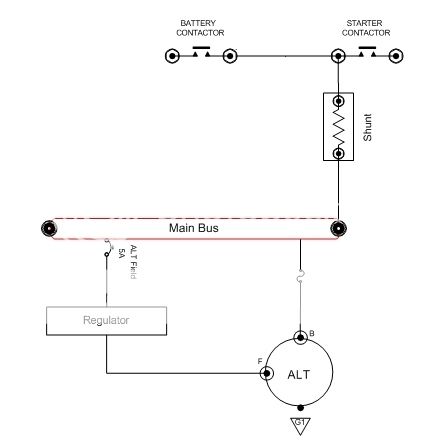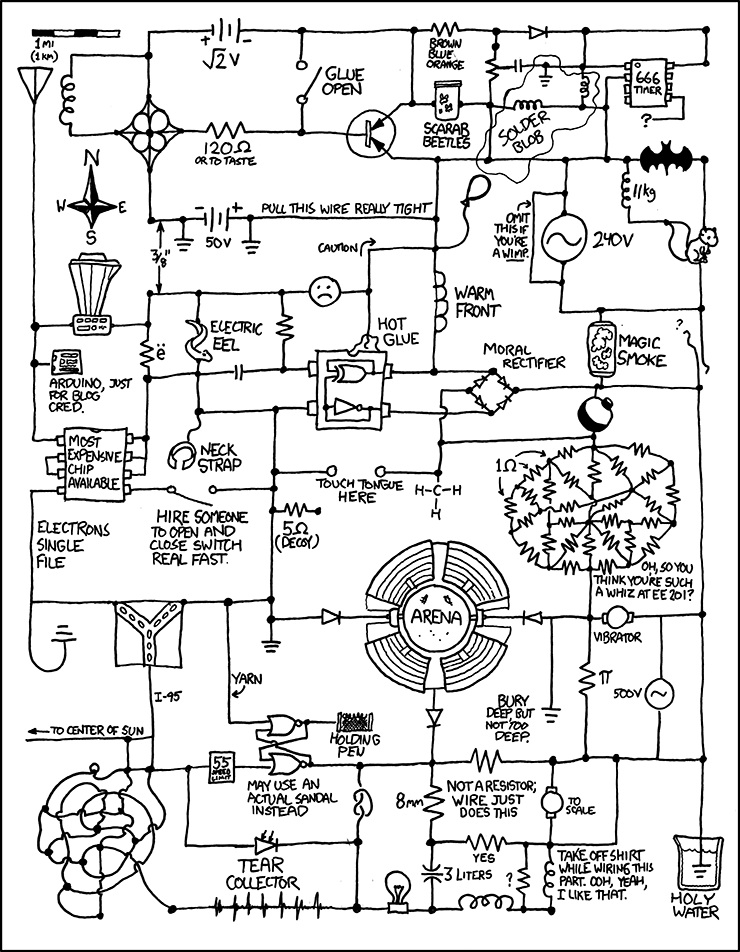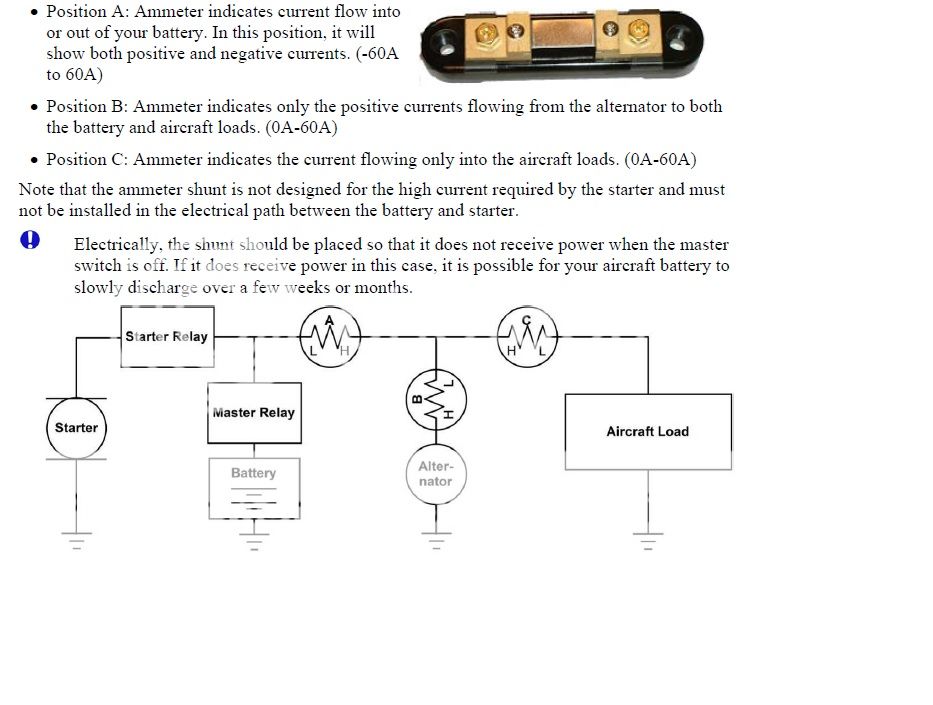Rookie question alert.
I've seen this shown in schematics both ways, but I want to confirm the actual physical routing.
Most schematics (including Aeroelectric) have it shown as in the first diagram on the left - through the starter relay. Is there anything wrong with the diagram on the right wired directly through the bus? Seems like the electrons are routed through that circuit either way.
Would the ammeter be affected?

I've seen this shown in schematics both ways, but I want to confirm the actual physical routing.
Most schematics (including Aeroelectric) have it shown as in the first diagram on the left - through the starter relay. Is there anything wrong with the diagram on the right wired directly through the bus? Seems like the electrons are routed through that circuit either way.
Would the ammeter be affected?








